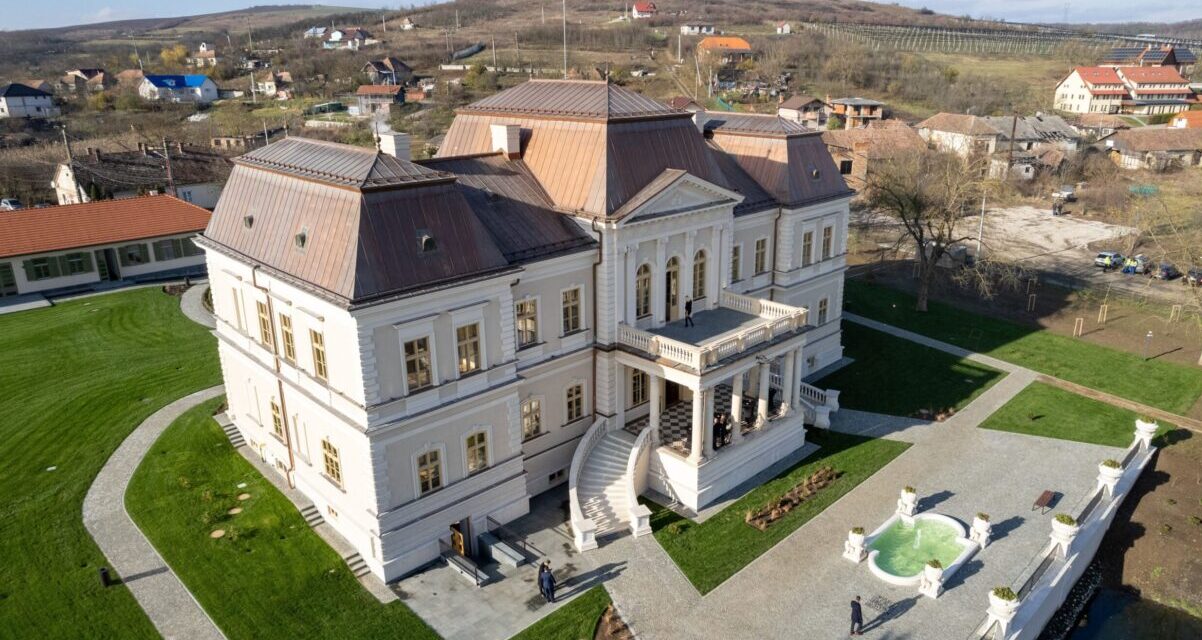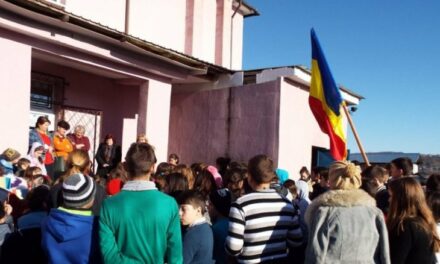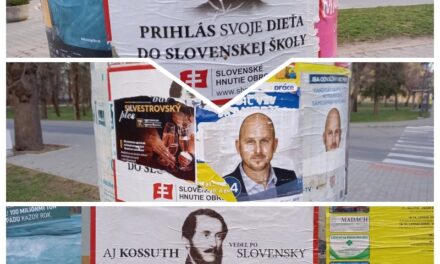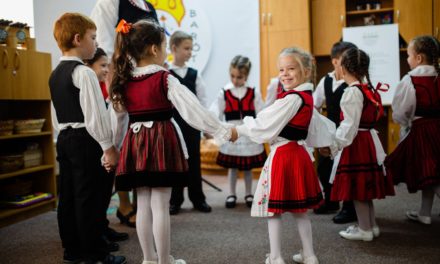In Transylvania, mostly only churches have preserved their original furnishings, 99 percent of castles have been lost. It is worthy of a miracle that the valuable wooden covering of the Bánffy Castle was not set on fire, and the unique tile stoves awarded at the World Exhibition in Paris were also preserved.
The Bánffy Castle, restored with the support of the European Union and the Cluj County Assembly, was handed over on Thursday on Válaszút in Transylvania.
The historic building, located 25 kilometers from Cluj-Napoca, will function as a cultural center and will also be included in the tourist circuit. The property was restored in more than five years, in addition to the exterior facades and interior spaces, the castle park was also restored and arranged.
At the ceremony, Alin Tise, the president of the Cluj county municipality, reminded us of the fate of the castle. He said: after its nationalization, it was first a children's home, then a warehouse.
He emphasized that the county assembly considered it important to save it, and in 2016 submitted the EU application for its renovation. All residents of Cluj County contributed to the restoration work, as it was partially financed from the county budget and will serve the general public, said Tise.
The Orthodox Archbishop-Metropolitan Andrei of Cluj-Napoca blessed the renovated building, and representatives of the Roman Catholic and Reformed churches were also present among the guests.
István Vákár, the vice-chairman of the Cluj County Assembly, stated that the handover ceremony is a "historical moment, a real milestone" in terms of saving the Hungarian built heritage of Cluj County.
As he said, a "real gem" is being returned to the public, its renovation is also important from the point of view of the local community, as it also creates jobs.
The architect Guttmann Szabolcs, who coordinated the planning and restoration works, said: the Bánffy castle at the crossroads is one of the few noble residences in Transylvania, the entire interior of which has been preserved, which gives it its main value.
He pointed out: In Transylvania, mostly only churches have preserved their original furnishings, 99 percent of castles have been lost. It is a miracle that the valuable wooden covering of the Bánffy Castle was not set on fire, and the unique tile stoves awarded at the World Exhibition in Paris were also preserved.
The courtyard and park of the castle were also restored, which is also not common in Transylvania. For the first time in Cluj County, we can inaugurate a real monument complex - said the architect in his speech.
Szabolcs Guttmann told the public media: behind the work is a large team of experts, and the more areas of a project that require additional expertise, the more difficult coordination is. The wooden paneling covering the walls, for example, had to be removed one by one in order for the wall restoration to take place, and then reinstalled again.
It is a miracle that such a valuable interior has survived to this day in such a condition that it could be restored, he said, since it is rare in Eastern Europe that the furniture from the floor to the ceiling can be preserved in a civil building, so that it can be shown to future generations.
Architect László Tulogdy told MTI: the biggest challenge was coordinating the details of the restoration process and achieving a uniform overall effect. Since the castle was a residential building, they wanted to keep its atmosphere, they will furnish it with quality furniture, he added. He called it a great gain that the basement was also saved as an event space.
The wood restoration works were carried out by wood restorers Árpád Rostás and Csaba Balla. Among others, the team of experts included stone restorer Tibor Kolozsi and art historian Attila Weisz.
The crossroads castle was the summer residence of one of the most important Transylvanian noble families, the Bánffy family. It acquired its current form in the second half of the 19th century, its greatest value being the well-preserved interior coverings. The ground floor walls of the hall are covered with Neo-Renaissance cladding made of oak and ash wood. The main decoration of the dining room is the green glazed tile stove, on the two side walls of which reliefs depicting important moments of Hungarian history can be seen.
In 2017, the Cluj county municipality received almost 20 million lei (1.5 billion forints) of EU funding for its renovation, which supplemented the amount from its own budget.
MTI
Bánffy
, which was restored with the support of the European Union and the Cluj County Assembly, on the Transylvanian Answer Road on the day of its handover. Source: MTI/Gábor Kiss













